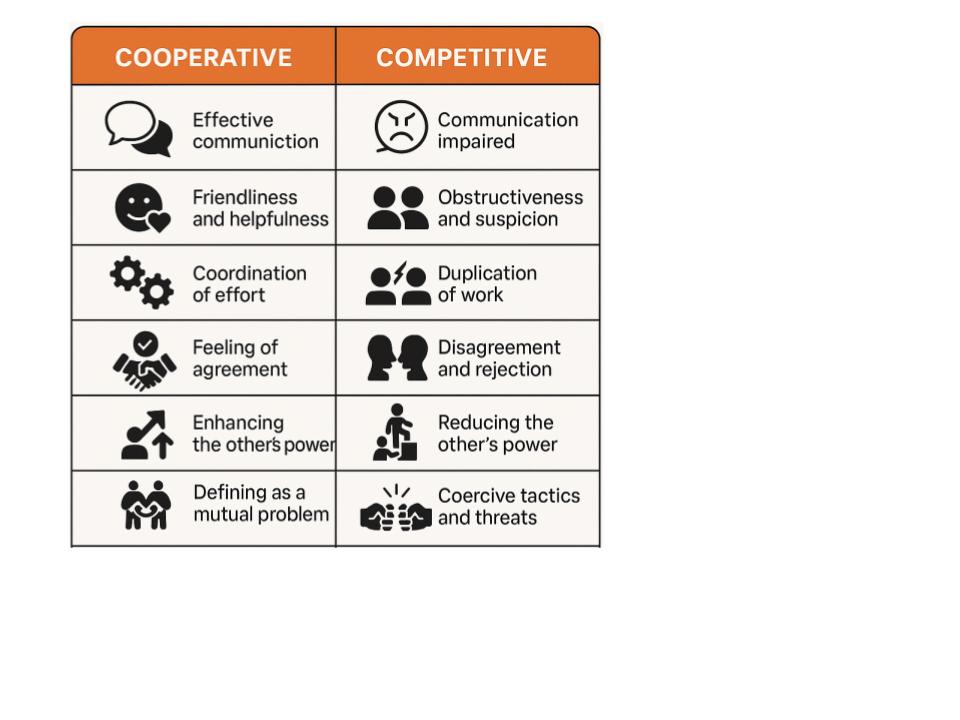When New Zealand faced the first wave of COVID-19, Prime Minister Jacinda Ardern didn’t rush to over-promise or posture certainty. Instead, she leaned into transparency, regularly updating citizens with what was known—and, critically, what wasn’t. Her leadership was marked not by decisive bravado, but by a calm willingness to wait, listen, and act when the path became clearer.
This isn’t just a story of pandemic response. It’s an example of leadership at the edge—where accumulated knowledge and traditional decision-making frameworks fall short. In such moments, what matters is not just what a leader knows, but their ability to hold space for not knowing.
This is where the concept of Negative Capability becomes both urgent and transformative.
What Is Negative Capability?
First coined by Romantic poet John Keats, Negative Capability describes the capacity to remain “in uncertainties, mysteries, doubts, without any irritable reaching after fact and reason.” While Keats was reflecting on literary genius, modern scholars and leadership theorists have found in his words a valuable metaphor for navigating complexity and uncertainty.
In leadership, Negative Capability refers to the ability to tolerate ambiguity, suspend judgment, and resist the impulse to impose premature certainty—especially when the stakes are high and the path forward unclear. It is a form of reflective inaction—the deliberate choice to pause, absorb, and wait for the right insight, rather than react defensively or default to what has worked before.
Why Leaders Struggle with Negative Capability
Leadership, especially in Western corporate culture, is often measured by decisiveness, clarity, and confidence. The leader is expected to know, to act, and to inspire trust through their ability to lead from the front. Traditional leadership development prioritizes “positive capabilities”—attributes like visioning, planning, and execution. These are vital in stable environments.
But what happens when the environment is not stable? When the actors are unfamiliar, the rules have changed, and the old playbook no longer applies?
In today’s VUCA world—marked by volatility, uncertainty, complexity, and ambiguity—leadership often unfolds in “radical uncertainty.” Here, the demand to act collides with the reality that we simply don’t yet know the right strategy. Leaders face a paradox: the very qualities that earned them their positions—experience, expertise, confidence—can become liabilities when they prevent them from not acting long enough to sense what is really needed.
The Costs of Premature Action
Consider a common scenario: a tech company begins to lose market share to a disruptive competitor. The board demands a turnaround strategy. The CEO, feeling the weight of expectation, announces a reorganization, lays off staff, and pivots the product line. Six months later, nothing has improved. Why?
Because the leader responded with positive capability—decisive action—before taking the time to understand the deeper dynamics at play: shifting customer expectations, employee morale, and the subtleties of emerging technology trends.
In contrast, a leader drawing on Negative Capability would have paused to reflect more deeply. They might have resisted the urge to act immediately, choosing instead to convene diverse voices, sense the complexity of the situation, and consider new possibilities. This is not indecision—it’s discipline.
Negative Capability in Action: Practical Strategies for Leaders
So how can leaders cultivate Negative Capability? Here are a few grounded strategies:
1. Practice the “Pause”
Create structured pauses in your decision-making process. Before responding to a crisis or making a strategic pivot, ask yourself: What if I waited just a little longer? Create a discipline of pausing, not just for analysis, but for reflection—cognitively and emotionally.
“Don’t just do something, stand there.” — White Rabbit in Alice in Wonderland
2. Adopt a Meta-Perspective
When immersed in a high-stakes situation, practice the “balcony view” — observe yourself and the system neutrally, like looking down from above. What patterns emerge? Who’s reacting from fear or habit? What isn’t being said? This neutral observation disrupts automatic responses and allows for deeper insight.
3. Create Containers for Not-Knowing
Establish spaces—retreats, strategy offsites, or peer dialogue groups—where not knowing is acceptable. Frame these sessions as opportunities to explore complexity rather than solve problems. Psychological safety is key here; people must feel free to admit uncertainty without fear of appearing weak.
4. Normalize Ambiguity in Leadership Culture
Shift your team’s expectations. Instead of always seeking “quick wins,” model tolerance for ambiguity. Share your own moments of uncertainty and how you worked through them. This humanizes leadership and builds collective resilience.
5. Balance Positive and Negative Capabilities
Negative Capability is not the absence of action—it is the capacity to wait until the right action reveals itself. Leadership is often about knowing when to hold back, and when to move decisively. Mastery lies in balancing these twin forces.
Final Thoughts: Leading into the Unknown
We live in an era where no amount of experience can guarantee the right answer, and where the illusion of control is constantly being shattered by unpredictable change. In such times, perhaps the most courageous act of leadership is not to speak, but to listen. Not to act, but to reflect. Not to know, but to stay with the not-knowing.
Negative Capability is not a replacement for action-oriented leadership—it’s the precondition for wise action in uncertain times. It invites us to become more attuned to the present moment, more accepting of ambiguity, and more open to emergence.
Because sometimes, the answer doesn’t come from what you do next. It comes from what you don’t do yet.





